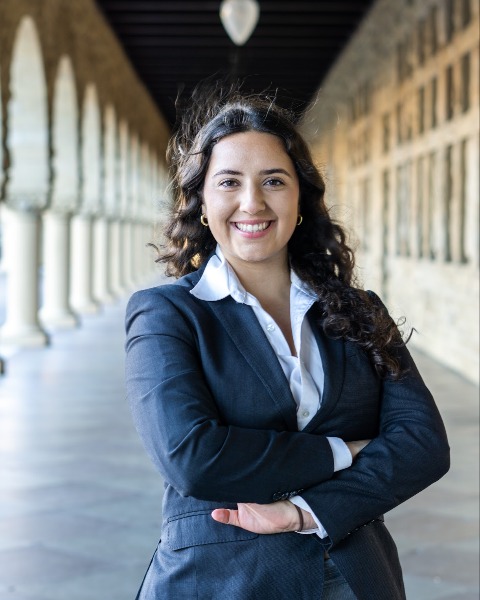Sedation Medicine
Session: Sedation Medicine
85 - Parental Satisfaction with Pediatric Hospitalist-Administered Sedation during Procedures
Saturday, May 4, 2024
3:30 PM - 6:00 PM ET
Poster Number: 85
Publication Number: 85.1479
Publication Number: 85.1479

Sofia Pesantez (she/her/hers)
Masters Student in Epidemiology and Clinical Research
Stanford University
Stanford, California, United States
Presenting Author(s)
Background: Pediatric hospitalists are the fastest growing subspecialty performing procedural sedation. While much is known about parental satisfaction with anesthesiologist-provided sedations, little is known about parental perspectives on pediatric hospitalist-provided sedations.
Objective: The objective of this study is to better understand parental satisfaction on sedation administered by a pediatric hospitalist sedation team.
Design/Methods: We will conduct a prospective observational study of parental satisfaction with pediatric sedation administered at a children’s hospital over 7 months by a single pediatric hospitalist sedation team. We adapted a parental satisfaction survey previously created by expert consensus from a collaborative of children's hospitals, incorporating feedback from our Department of Family Centered Care. The Family Advisory Council in the Department of Family Centered Care reviewed the questions with a group of parents and also approved the survey process with their research council. We will survey parents on their child's sedation satisfaction, the sedation team's performance, communication clarity, pre-sedation anxiety, side effects, and the likelihood to recommend the sedation team to others, using a 4-point Likert Scale. Patients and/or their family can respond to a free-text open-ended response to explain what worked and what did not work with their child’s sedation experience for more targeted feedback. Surveys are available in both English and Spanish. A QR code with a link to the survey in English or Spanish will be disseminated after each sedation. IRB application has been submitted.
Results: We expect to receive at least 40 responses by March 2024. We will generate histograms of the Likert scales from each question in addition to a subgroup analysis comparing the satisfaction among children of anxious and non-anxious children prior to the start of sedation. Content analysis of responses to the free-text question will be independently coded by two authors to generate themes of patients’/parents’ experiences with pediatric sedation.
Conclusion(s): Results may inform how pediatric hospitalist sedation teams interact with parents before, during, and after pediatric sedations. This study will add to the existing literature by offering insight into parental perspectives and overall satisfaction with their child’s sedation team.
